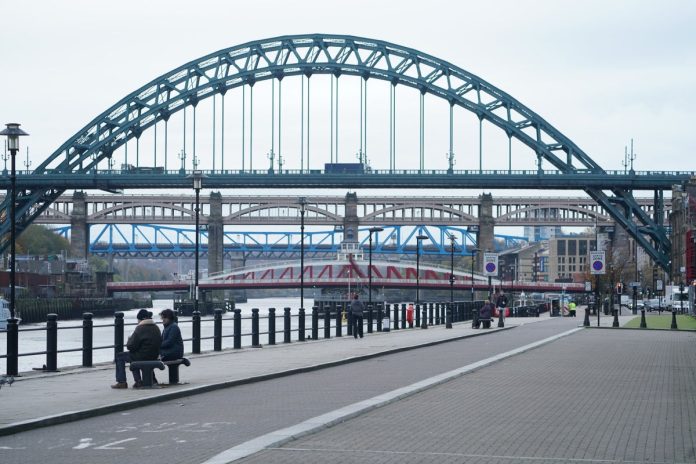Buy-to-let investors are increasingly targeting northern England and the Midlands as they look for higher-yielding homes with lower buying costs, according to a property firm.
Nearly two-fifths (39%) of buy-to-lets purchased in Britain during the first four months of 2025 were in the North of England or the Midlands, Hamptons estimates, up from 24% in 2007 and 34% in 2022.
Hamptons suggested that stamp duty costs and lower rental yields (the annual return made by a landlord on a property compared with the property price) have shifted landlords’ attention away from southern England.
The average investor buying in the Midlands and North of England paid £150,480 for a new buy-to-let this year, £141,760 less than a landlord who bought in the South of England for an average of £292,240, researchers said.
Hamptons said buy-to-let hotspots seen over the past six months include Redcar and Cleveland, Darlington, Derby, Gateshead, Newcastle-upon-Tyne, Middlesbrough, County Durham, East Staffordshire, Epping Forest and Leeds.
Nearly two-thirds (65%) of London-based investors making purchases this year are estimated to have bought a buy-to-let in Britain situated outside the capital, up from 24% in 2007.
Aneisha Beveridge, head of research at Hamptons, said: “Buy-to-let investment is gradually grinding to a halt in some markets where higher purchase and mortgage costs take their toll.
“However, while new landlord purchases remain well below long-term averages, some investors have been looking further afield for new opportunities.
“One of the main ways landlords are trying to mitigate against higher stamp duty and mortgage costs is by seeking better-yielding and cheaper properties, increasingly in northern England.”
She added: “This may also have a knock-on impact on rents if supply conditions in the South of England worsen, and where tenants’ finances are already most stretched.
“However, investors will still find opportunities in the South of England, particularly if rents continue to rise and house prices pick up pace after nearly a decade of stronger capital growth further north.
“Lower interest rates will also help, not only by lowering mortgage costs, but by reducing rates available on savings accounts, which might make buy-to-let look more appealing.”
The Hamptons lettings index uses data from the Connells Group and is based on 57,000-plus homes let each year.


